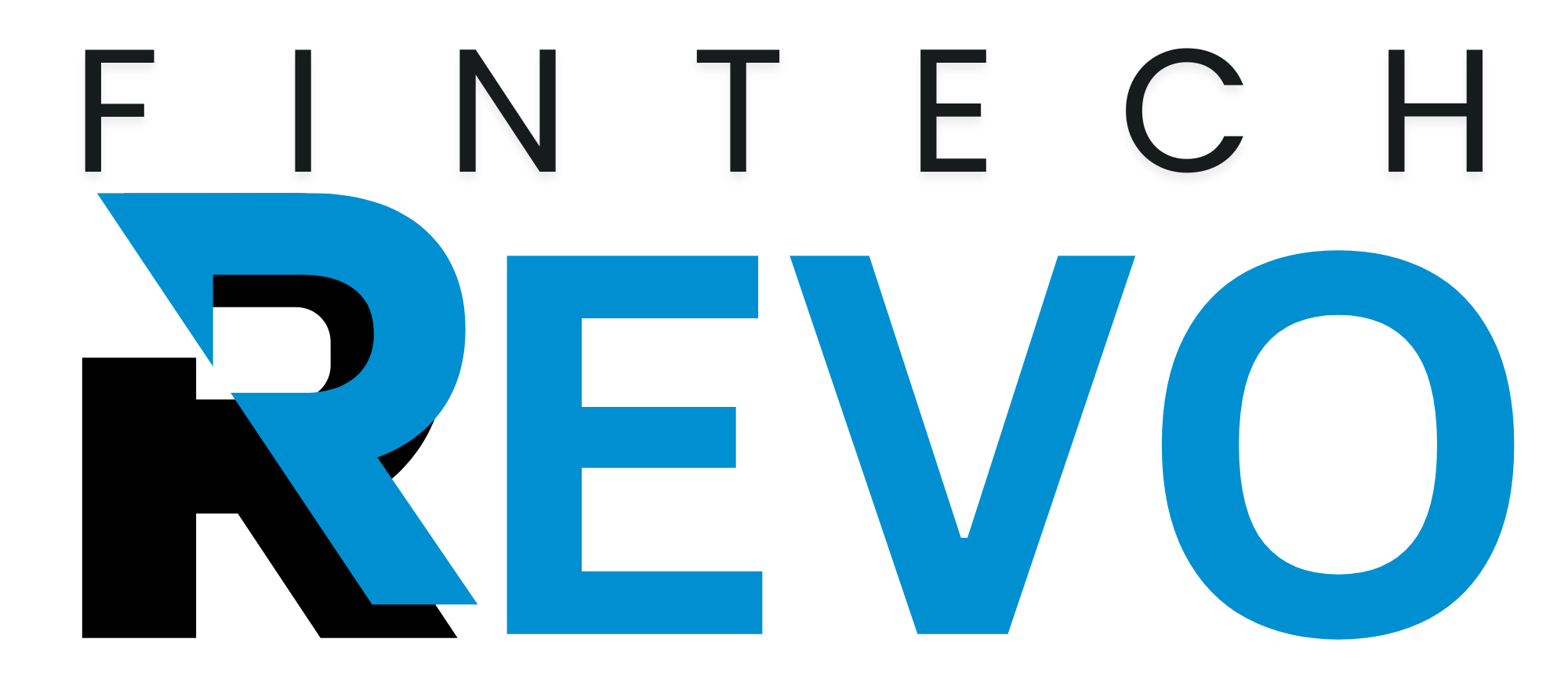FinTechRevo Dow Jones Coverage (INDEXDJX: .DJI)
When we talk about market movement at FinTechRevo, we don’t ignore the classics. The Dow Jones Industrial Average has been around for more than a century, and while markets have changed, its role as a steady benchmark still holds weight.
It’s easy to focus on newer indexes like the Nasdaq 100 or fast-moving sectors. But when it comes to understanding long-term shifts and broader market reactions, the Dow Jones still speaks with authority.
This page is built to give you a clear, no-nonsense view of how the Dow is performing and what that means for decision-makers like you.
What Is the Dow Jones Industrial Average?
The Dow Jones, often just called “the Dow,” is a stock market index that tracks 30 of the most established, influential companies in the United States.
These companies come from a wide mix of industries — manufacturing, healthcare, consumer goods, and more. Unlike tech-heavy indexes, the Dow represents mature, steady businesses that have been through both expansions and downturns.
At FinTechRevo, we watch this index not for fast growth signals, but for shifts in confidence and stability. The Dow isn’t about what’s trending. It’s about what’s holding.
Why the Dow Still Matters
Some investors prefer newer indexes that reflect emerging industries. We get that. But when the economy shakes, people look at the Dow.
Why?
Because the companies in the Dow Jones are closely tied to the real economy. They produce, distribute, employ, and serve at scale. That’s why the Dow often reacts to changes in economic data before other indexes do.
At FinTechRevo, we treat Dow Jones performance as a reflection of what’s happening on the ground — not just in the cloud. It tells us whether businesses are growing steadily or holding back.
What We Cover on This Page
FinTechRevo doesn’t aim to track every percentage swing. Instead, we focus on what actually matters in the Dow’s movement.
Here’s what we deliver:
- Daily and weekly Dow summaries
- Company-level changes that impact index movement
- Key economic data influencing Dow components
- Reactions to policy shifts, inflation updates, and labor reports
- Trends in value sectors like industrials and consumer goods
Every update is short, useful, and built for people who want more understanding, not more noise.
How the Dow Compares to Other Indexes
Unlike the S&P 500 or Nasdaq 100, the Dow Jones includes only 30 companies — but they’re hand-picked and reviewed regularly.
Also, the Dow is price-weighted, not market-cap weighted. That means companies with higher stock prices have more impact on the index’s daily moves, regardless of size.
This structure gives the Dow a unique rhythm. It may move slower, but when it shifts, it usually reflects something big underneath.
That’s why FinTechRevo takes time to explain not just what moved the Dow, but why and what it might mean next.
Recent Dow Jones Highlights
Here are a few examples of how we’ve analyzed Dow Jones performance at FinTechRevo:
1. Industrial Resilience
While growth stocks dipped, traditional manufacturers in the Dow held their ground, offering a signal that production remains strong despite higher interest rates.
2. Healthcare Stability
As healthcare providers released solid earnings, we reported how that kept the Dow from falling further — a reminder that defensive sectors often balance short-term panic.
3. Retail Pullback
After weaker-than-expected consumer data, several retail names within the Dow dropped. We broke down how those moves hinted at early signs of demand slowdown.
This is the kind of clarity we bring to every Dow update. Learn about FinTechRevo Nikkei 225 Coverage right now.
Who This Coverage Is For
FinTechRevo built this page for readers who want steady, grounded market coverage — not just the highs and lows.
You’ll find it useful if:
- You hold large-cap stocks tied to the U.S. economy
- You run a business that depends on consumer and manufacturing health
- You’re looking for stability signals during market turbulence
- You want to track market strength without tech-sector volatility
- You use economic indicators to shape your strategy or timing
Whether you invest actively or simply follow the markets to inform your work, our Dow Jones coverage gives you context that sticks.
How to Use This Page
Think of this as your Dow checkpoint. Use it to:
- Confirm what’s behind market calm or panic
- Understand how large, stable companies are reacting to news
- Track sector shifts without sorting through dozens of sources
- Keep pace with long-term trends in core American industries
FinTechRevo doesn’t expect you to memorize tickers or chart patterns. We focus on insights you can apply and trust.
What Makes FinTechRevo’s Dow Coverage Different
There’s no shortage of sites throwing Dow numbers at you. But most skip the part where they explain what those numbers actually mean.
Here’s what we do differently:
- We keep our coverage focused and brief
- We avoid speculation and stick to facts
- We explain shifts in plain language
- We filter out the noise and highlight what really moved the market
- We report what we’d want to read ourselves
That’s why FinTechRevo readers keep coming back — because the coverage makes sense. Learn about S&P 500 on FinTechRevo.
Final Thoughts
The Dow Jones may be over a hundred years old, but its role in showing real market direction hasn’t faded. It’s still one of the best tools we have to understand how established businesses are reacting to everything from inflation to innovation.
At FinTechRevo, we give the Dow the attention it deserves — steady, clear, and always tied to real-world movement.
Whether you’re checking in after a big news day or planning your next financial move, this page is here to help you see the big picture with clarity.
This is FinTechRevo Dow Jones — focused, useful, and designed for the way real people follow real markets.
